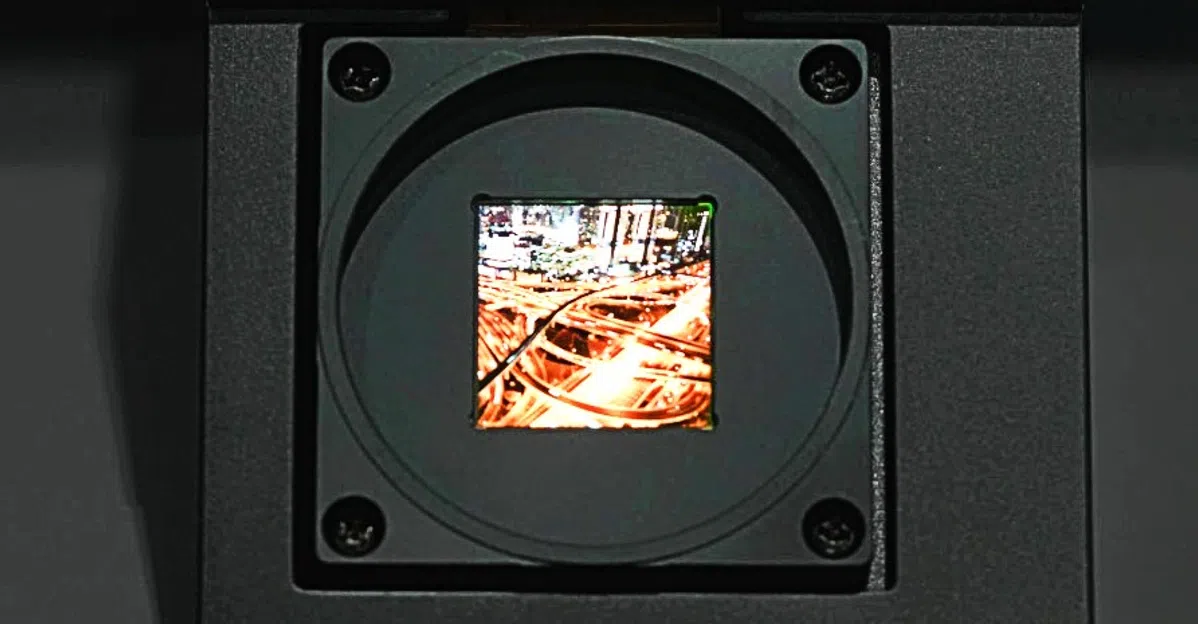Question No. 1
If the camera sensor kept the same size with more pixels, I would expect that less light would be captured per pixel (after all, they get smaller). In addition, pixels are not aligned 1-on-1, so there will always be some space between pixels that have no function.
Forget the story that the pixels in your camera sensor are (only) sensitive to red, green, and blue light. If you put this strict color filter on your pixels, there will be very little light sensitivity left. All pixels are sensitive to all colors, but are most sensitive to red, green, or blue light. This makes the sensor more sensitive.
In order to obtain a beautiful and realistic color image with a minimum of noise resulting from “sloppy” color registration, camera manufacturers use what they rightly call “color science” and this technology is often given its name with pride: digital complex software and hardware, which means that Camera manufacturers, for example, are able to achieve different results in noise and color values from the same Sony sensor.
With more pixels, more accurate calculations can be made. It is possible that lower noise values and better colors can be achieved by counting 4 smaller pixels and then summing them up rather than using 1 4x large pixel input directly. Although fewer photons fall on those four smaller pixels than on the larger one.
But this is compensated for by lower calculated noise (and therefore higher practical light sensitivity) as well as the possibility of using a less stringent color filter, so that more light falls on the pixels.
Question 2
Why would a company like Apple choose 48-megapixel sensors, when some competitors already offer much more sensors (for example, the Motorola Edge 30 Ultra already offers 200-megapixel)
Calculations consume energy, cause overheating, shorten battery life and, above all, time, which is not convenient if you want to take a lot of photos per second. I think it makes a big difference whether you simply add the 4 x 4 pixel matrices from the 200MP sensor to 1 pixel and thus arrive at 12MP or whether you include every pixel from the 48MP sensor in the overall calculation of a 12MP image. Using a 12, 48 or 200 MP sensor will likely be a trade-off between which has the most marketing value; Excellent picture or excellent specifications..
I do see a clear difference between UHD shots captured with the same camcorder, where one shot was counted out of the total 5K sensor and a shot where pixels were moved 1-to-1 from sensor to image. However, with this back-calculation, it only achieves 30MB/s, and with single use 60MB/s. So obviously charging for better photos comes at a price!









